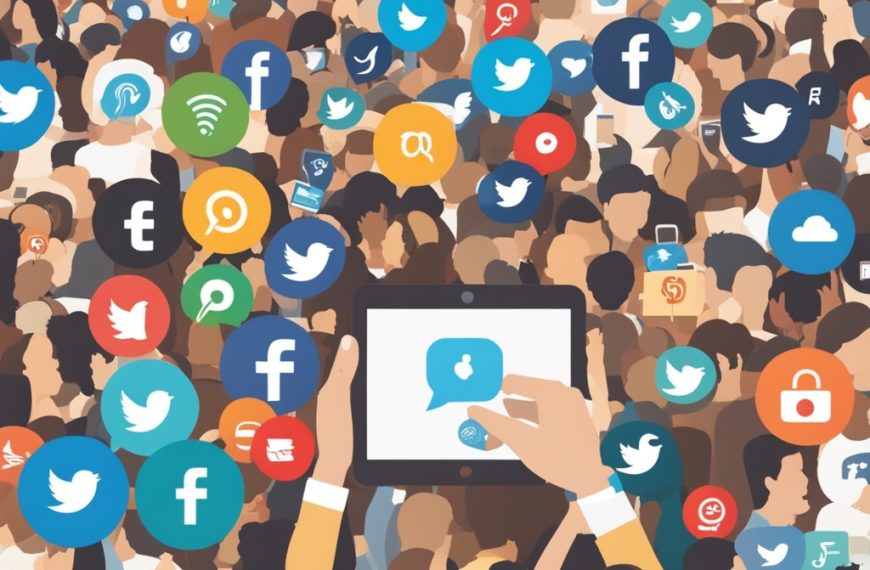Brand identity is shaped not only by what a company says about itself but also by what its customers say. User-generated content (UGC) has become a powerful tool for brands to enhance their credibility, increase engagement, and build a community-driven image. From social media posts and product reviews to testimonials and creative contributions, UGC helps brands establish a stronger identity by leveraging the voices of their customers.
What Is User-Generated Content (UGC)?
User-generated content refers to any form of content—text, images, videos, reviews, or social media posts—created by consumers rather than the brand itself. This organic content serves as social proof, demonstrating real-life experiences with the brand’s products or services. UGC can be found in various forms, such as:
- Social media posts tagging the brand
- Customer reviews and testimonials
- Blog posts and video reviews
- Hashtag campaigns
- Community forums and discussions
- Fan art or creative works inspired by a brand
How UGC Strengthens Brand Identity
1. Enhancing Brand Authenticity
One of the biggest challenges brands face is proving their authenticity to consumers. UGC provides genuine, unfiltered content that portrays the brand through the eyes of its customers. This transparency helps build trust, as people tend to believe other consumers more than traditional advertisements. A survey by Nielsen found that 92% of consumers trust peer recommendations over brand promotions.
2. Building a Loyal Community
Encouraging customers to share their experiences fosters a sense of community. Brands that actively engage with user-generated content—by liking, sharing, or commenting—strengthen relationships with their audience. This engagement creates a feedback loop where users feel valued and, in turn, become more loyal to the brand.
3. Expanding Brand Reach and Visibility
When users create and share content about a brand, they introduce it to their own networks. This organic promotion significantly expands brand reach. Hashtag campaigns, for example, can go viral, leading to increased brand exposure without the need for expensive advertising.
4. Boosting Social Proof and Credibility
Seeing real customers using and endorsing a brand’s products validates its quality and effectiveness. UGC serves as a form of social proof, reducing hesitation among potential buyers. According to studies, 79% of people say UGC highly impacts their purchasing decisions.
5. Cost-Effective Marketing
Creating high-quality branded content can be expensive. UGC provides brands with a steady stream of fresh, diverse content at a fraction of the cost. By repurposing user-generated posts for advertising, social media, or website testimonials, brands save money while maintaining authenticity.
Examples of Brands Successfully Using UGC
Coca-Cola: “Share a Coke” Campaign
Coca-Cola’s “Share a Coke” campaign is one of the most iconic examples of UGC in action. By personalizing bottles with common names and encouraging customers to share their photos on social media, the brand sparked massive engagement and created a global movement.
GoPro: Customer-Created Adventure Videos
GoPro thrives on UGC, as its entire branding strategy revolves around showcasing customer-created adventure videos. The company encourages users to submit their footage, which GoPro then features on its social media and website. This strategy has turned GoPro into a lifestyle brand associated with excitement and exploration.
Starbucks: Red Cup Contest
Each holiday season, Starbucks runs the “Red Cup Contest,” where customers share photos of their festive cups. This initiative generates thousands of user-created posts, reinforcing Starbucks’ connection with seasonal traditions and community participation.
Best Practices for Leveraging UGC
1. Encourage Participation Through Hashtags and Contests
Brands can motivate customers to share content by creating unique hashtags or running contests with incentives. Clear calls-to-action (CTAs) help guide users on how to participate.
2. Showcase UGC Across Multiple Platforms
Whether on websites, advertisements, or social media, featuring UGC maximizes its impact. Highlighting customer content in marketing materials strengthens credibility and engagement.
3. Engage With and Reward Contributors
Acknowledging users who create content—by commenting, sharing, or offering rewards—encourages continued participation. Brands can also feature top contributors in brand stories or giveaways.
4. Ensure Content Aligns With Brand Values
While UGC is authentic, brands should curate and moderate content to ensure it aligns with their image and values. Monitoring submissions prevents potential brand misrepresentation.
User-generated content has transformed how brands build and strengthen their identity. By leveraging customer stories, experiences, and creativity, businesses can establish authenticity, expand their reach, and foster loyal communities. As social media continues to evolve, integrating UGC into marketing strategies will remain an essential component of successful brand-building efforts.




